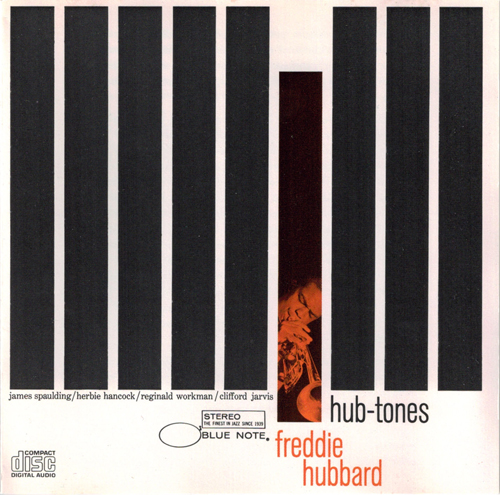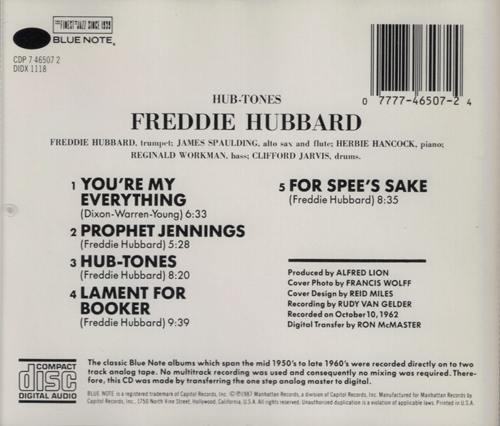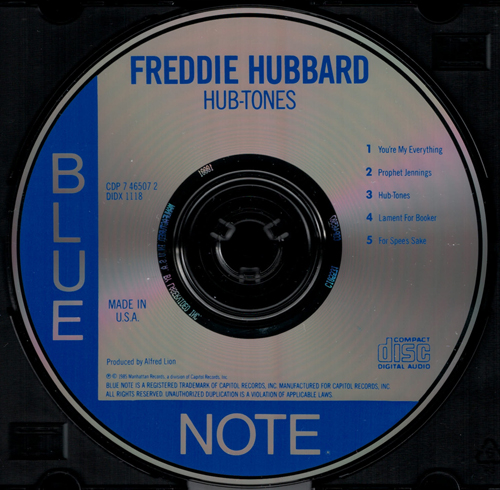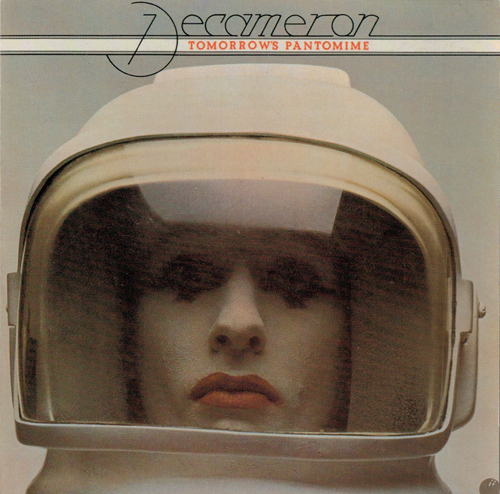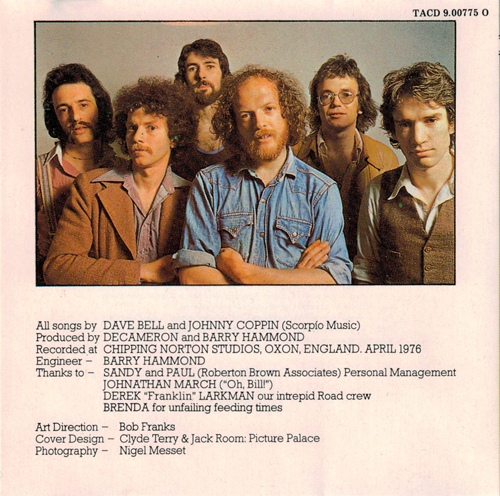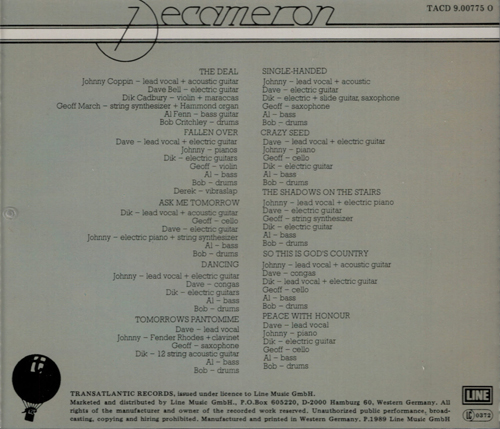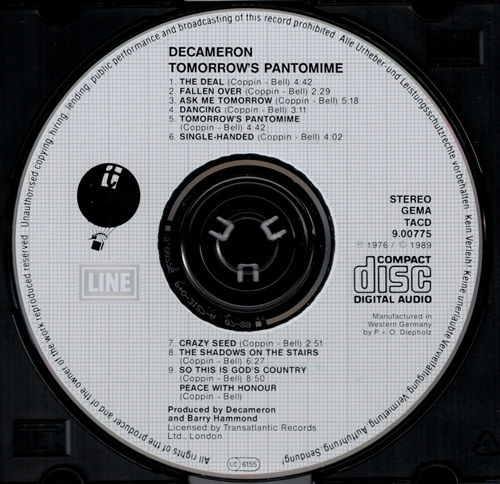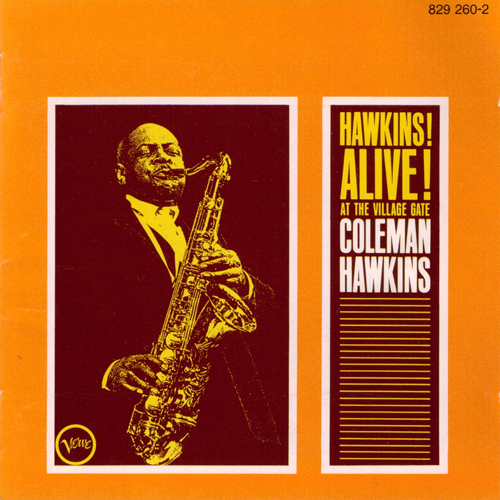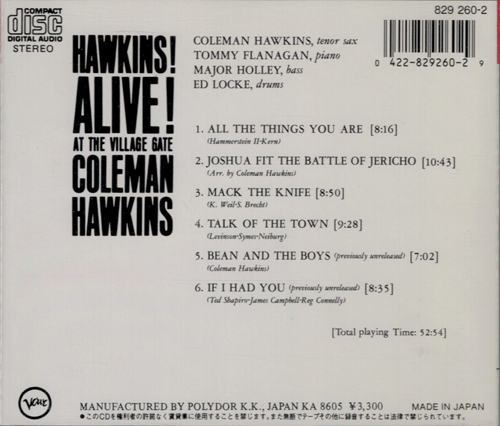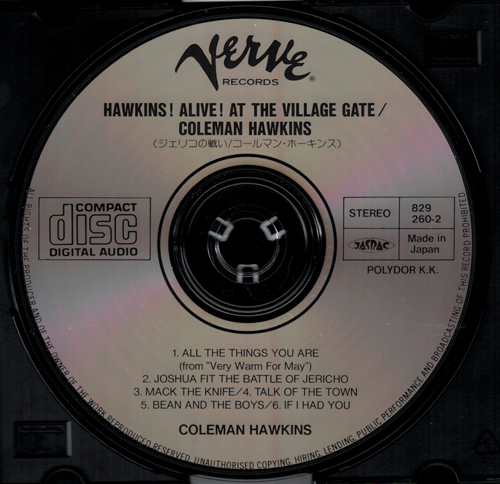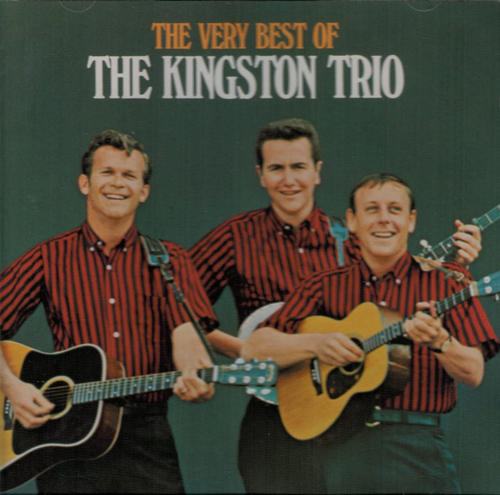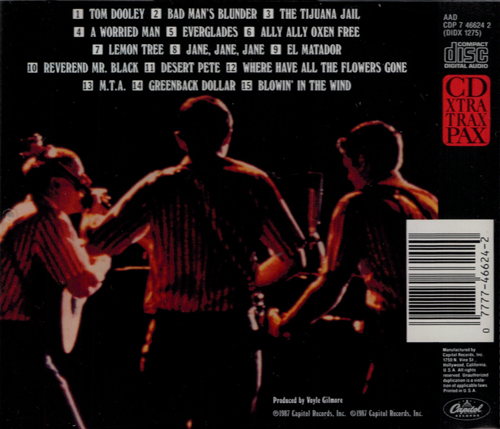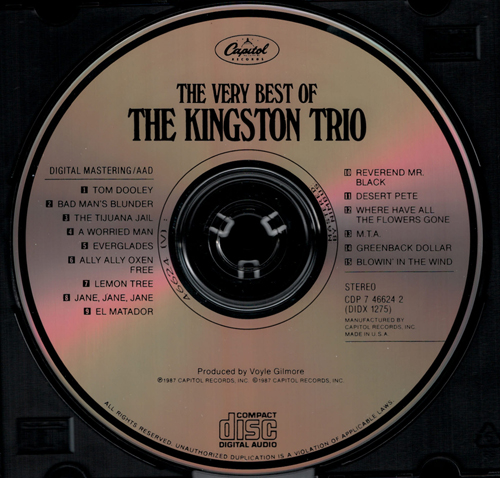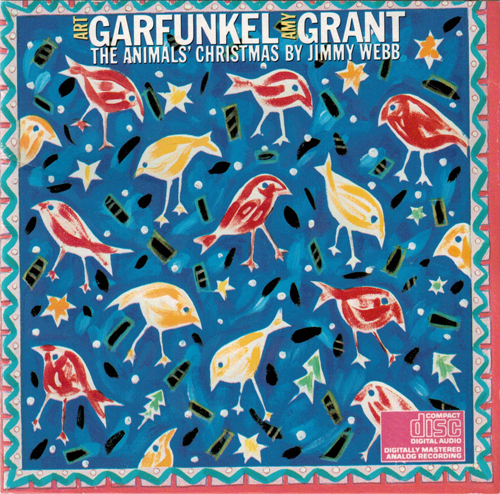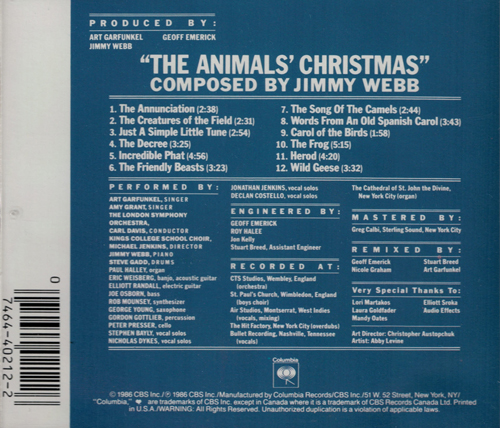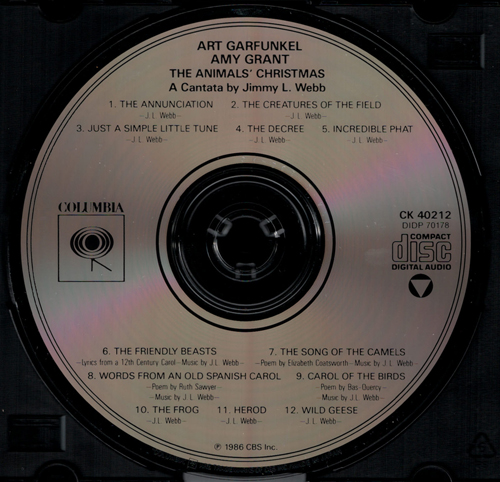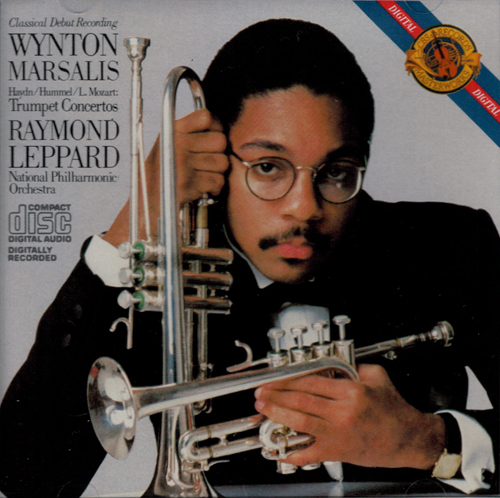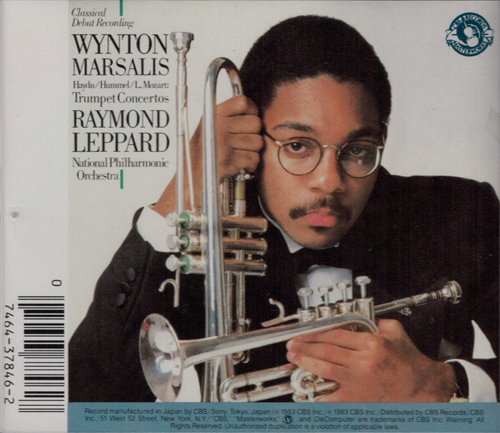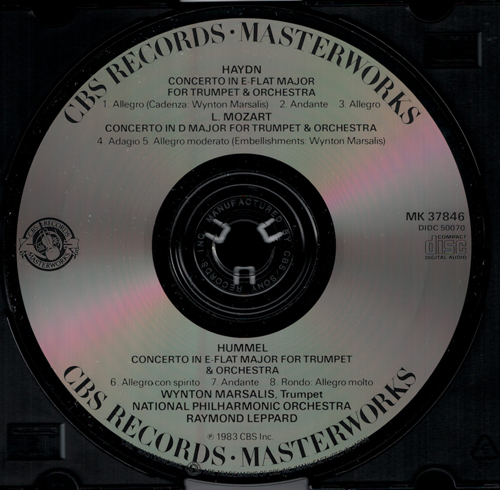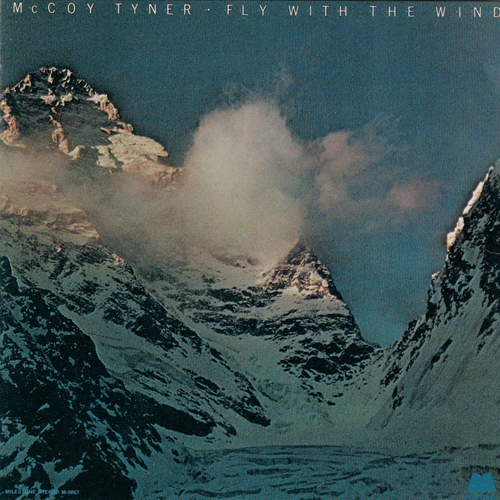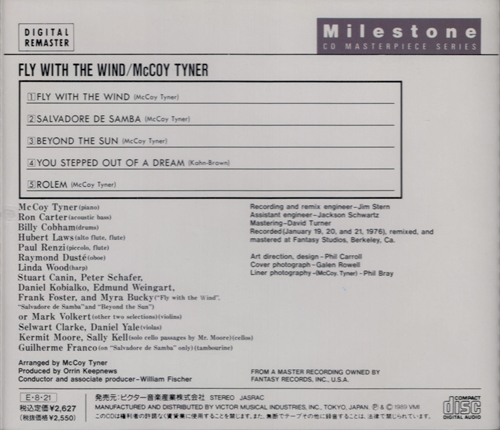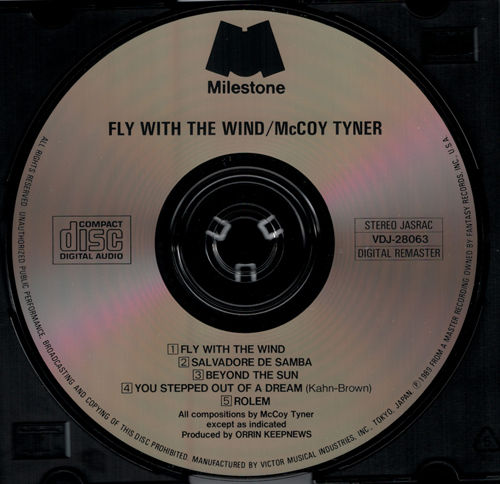Soma overnight no consult fast delivery “In The Digital Mood”">The Japan-for-U.S. pressing of The Glenn Miller Orchestra http://waterloomilitaria.com/index.php?id_product=1168 “In The Digital Mood”
April 28th, 2018
In the early days of the CD, GRP Records (Grusin-Rosen Productions) quickly established itself as a leading audiophile label of the digital era. Founded in 1978 by Dave Grusin and Larry Rosen, GRP focused on then-contemporary jazz fusion (blend of jazz, rock, and pop). Starting naturally in vinyl and cassettes, GRP embraced digital audio and began releasing CDs in 1983. Like many other labels, GRP often boasted the use of digital recordings. That brings us to our latest featured CD.
Glenn Miller goes digital: GRP’s second CD release in the U.S. was a digital recording of The Glenn Miller Orchestra, (somewhat) appropriately titled “In The Digital Mood”, a punny take on the Miller classic “In The Mood”. This recording was released on CD in 1983 under U.S. catalog number GRP-D-9502. Fittingly, “In The Mood” is the album’s first track. Overall, the recording includes 10 digital recordings by The Glenn Miller Orchestra conducted by Larry O’Brien. The back insert explains the album as follows:
“This album contains the original Glenn Miller arrangements…the only updating was in the method of recording digitally…an aural pleasure created by the melding of yesterday’s music with tomorrow’s technology.”
The back insert also states “FULL DIGITAL RECORDING” above the track list. As was common for 1983, the back insert has no barcode. The first CDs of “In The Digital Mood” to hit the shelves in the U.S. were pressed in Japan by JVC. The copy shown here bears matrix code “VDP 8 1 S10E12”. The portion of the matrix code “VDP 8” represents the catalog number of the original Japanese release of this album. Thus, the first U.S. release was produced from the same glass master as the Japanese issue. Also, the matrix code lacks hyphens separating character groupings, which is an indicator of an early JVC pressing (i.e., “VDP 8 1 S10E12” vs. “VDP-8-1-S10E12”).
Shown below is the cover and back insert for the Japan-for-U.S. pressing of “In The Digital Mood”, along with the Japanese JVC pressing.
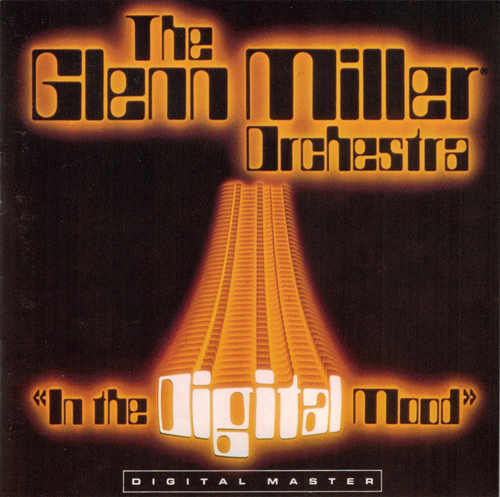
The cover for the Japan-for-U.S. pressing of The Glenn Miller Orchestra “In The Digital Mood” (GRP, catalog number GRP-D-9502). This is the standard cover artwork for this album.
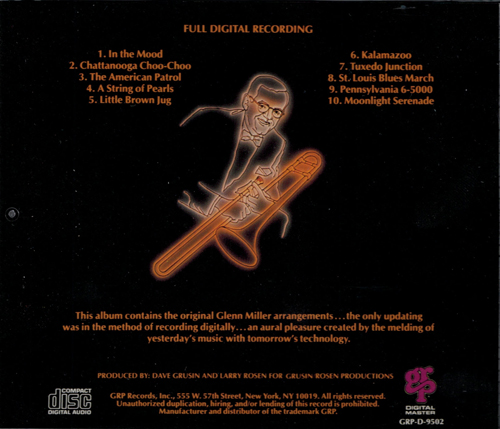
The back insert for the Japan-for-U.S. pressing of The Glenn Miller Orchestra “In The Digital Mood” (GRP, catalog number GRP-D-9502). There is no barcode. The catalog number is printed in the bottom right corner.
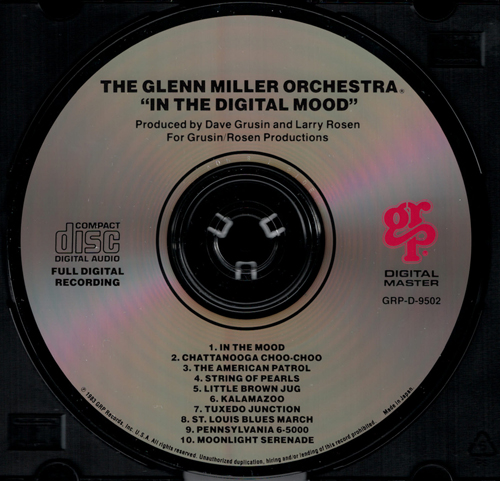
The Japan-for-U.S. pressing of The Glenn Miller Orchestra “In The Digital Mood” (GRP, catalog number GRP-D-9502). The disc was pressed by JVC, and the matrix code is “VDP 8 1 S10E12”. “VDP 8” is the catalog number for the original Japanese issue of this album. The disc has “Made in Japan” printed along the perimeter at 4 o’clock.
